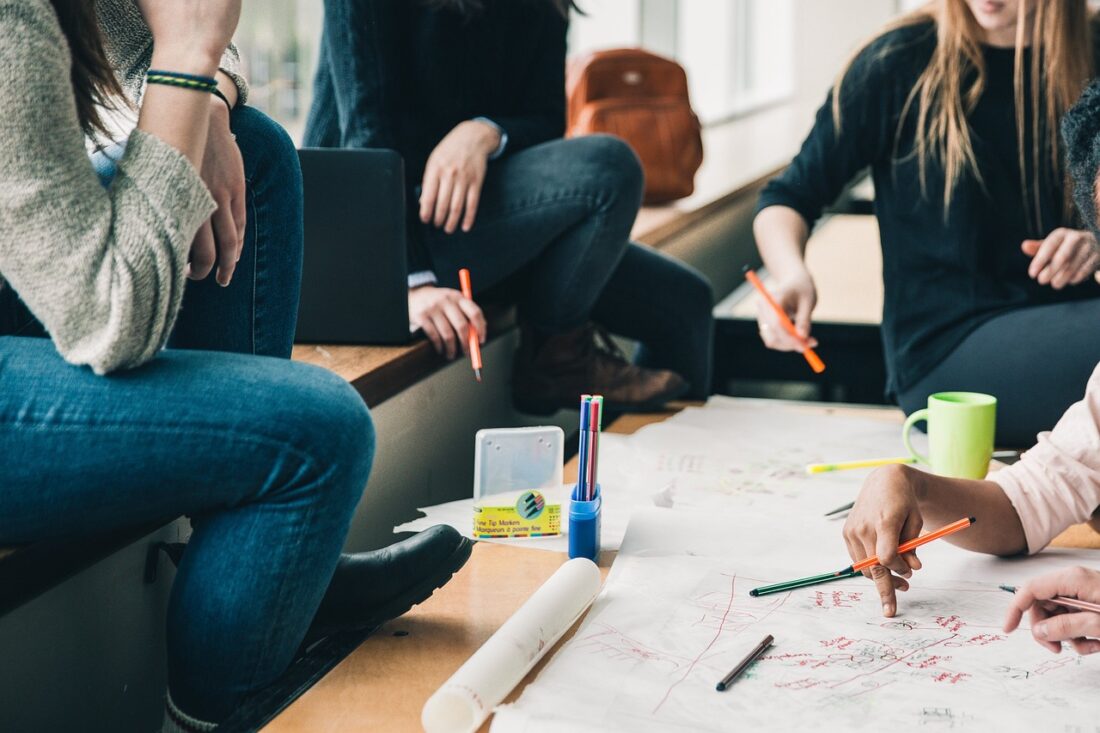STEAM involves an integrated approach to learning that combines the arts with STEM (science, technology, engineering, and mathematics) and uses it as an access point for guiding student inquiry, creativity and problem-solving (European Commission, 2022). Furthermore, it is widely agreed that the solutions to the challenges that the world faces today require a new multidisciplinary scientific workforce equipped with a skill set of new technology and interdisciplinary thinking that entails the integration of multiple STEAM concepts to solve them (UNESCO, 2019: 6).
Additionally, there has been a recent resurgence of interest in the integrated and interdisciplinary curriculum in parallel with the focus on 21st-century skills and creativity (Park & Cho, 2022: 458) since its primary goal is to cultivate well-informed and highly competent citizens. Moreover, it has been emphasized that STEAM education aims to address and rectify existing social inequalities. As such, it is seen as crucial for promoting fairness, inclusiveness, and harmony in society.
Thus, given the significance of the STEAM movement, many countries recognise the need for robust STEAM education. Research has shown that STEAM training can boost students’ academic performance, perception of learning, and leadership skills (Liao et al, 2022: 1). STEAM education also acknowledges the diversity of learners, as each student has unique learning styles, approaches, behaviours, characteristics, and preferences.
At the same time, it is rather the interdisciplinary nature of STEAM what presents a greater challenge for students than learning individual subjects. Students may view STEAM as complex and challenging to grasp, leading to a negative impact on their learning experience. Therefore, it is essential to focus on engaging students in the teaching approach to enhance their learning experience.
Teaching does not necessarily guarantee learning and student engagement can be a difficult goal for educators to achieve, as it can be difficult to determine if students are truly invested or merely following instructions. When students are not genuinely engaged, classroom interactions can become dull and draining for both teachers and students.
Effective STEAM education programs must prioritise student engagement through the use of interactive and hands-on activities, real-world connections, and a focus on individual learning needs and styles, especially those who might present learning disorders and difficulties and other diverse backgrounds. In this view, and benefiting from the interdisciplinary framework STEAM works in, incorporating a historical component in these subjects can enhance conceptual understanding of science, provide insights into the nature of science, and make it more engaging by reducing its abstractness. Additionally, incorporating history in science education offers opportunities to connect topics and disciplines within science and with other academic subjects, demonstrating the interdependent and integrated nature of human accomplishments.
This storytelling synergy does not only have the potential to facilitate learning of STEAM, but it also enriches how we approach historical inquiry in schools. Using a scientific analysis of artefacts and records to build scientific narratives of past events can be a productive approach that meets the goals of both STEAM and history education by transcending subject boundaries (Park & Cho, 2022: 460)
In this line, with the goal of creating a more vibrant learning environment and, therefore, reduce math anxiety, we have created two projects focused on the STEAM teaching. On the one hand, we present My Box of Steam. This project intends to boost involvement in STEAM subjects among primary school pupils, combining storytelling and inquiry-based learning. The initiative aims to enhance student’ self-awareness of their acquired skills and promote active learning through the provision of curriculum-related boxes and user-friendly educational resources for teachers. Additionally, this project encourages the development of key skills such as teamwork, communication, creativity, critical thinking, and presentation abilities through storytelling and oral expression activities.
On the other hand, and in this same field, we have developed STEAM in Times. The aim of this project is, as previously mentioned, to take advantage of the history dynamics in science teaching to engage primary school students in a cross-curricular approach to STEAM, incorporating history to deepen their understanding of the evolution and development of science and mathematics over time. Furthermore, the objective of this project is to provide the resources educators need to include hands-on activities in their lesson plans and enhance the hands-on approach to STEAM subjects, resulting into a more positive experience with these subjects.
References:
European Commission. (2022, November 2). Increasing student engagement in STEAM education. https://school-education.ec.europa.eu/en/insights/practices/increasing-student-engagement-steam-education
Liao, X., Luo, H., Xiao, Y., Ma, L., Li, J., & Zhu, M. (2022). Learning Patterns in STEAM Education: A Comparison of Three Learner Profiles. MDPI AG Education Sciences, 12(9), 1-15. http://dx.doi.org/10.3390/educsci12090614
Park, W. & Cho, H. (2022). The interaction of history and STEM learning goals in teacher‑developed curriculum materials: opportunities and challenges for STEAM education, Asia Pacific Education Review, 23, 457–474. https://doi.org/10.1007/s12564-022-09741-0
UNESCO. (2019). Exploring STEM Competences for the 21st Century (Current and Critical Issues in Curriculum, Learning and Assessment Series, no. 30). https://unesdoc.unesco.org/ark:/48223/pf0000368485

